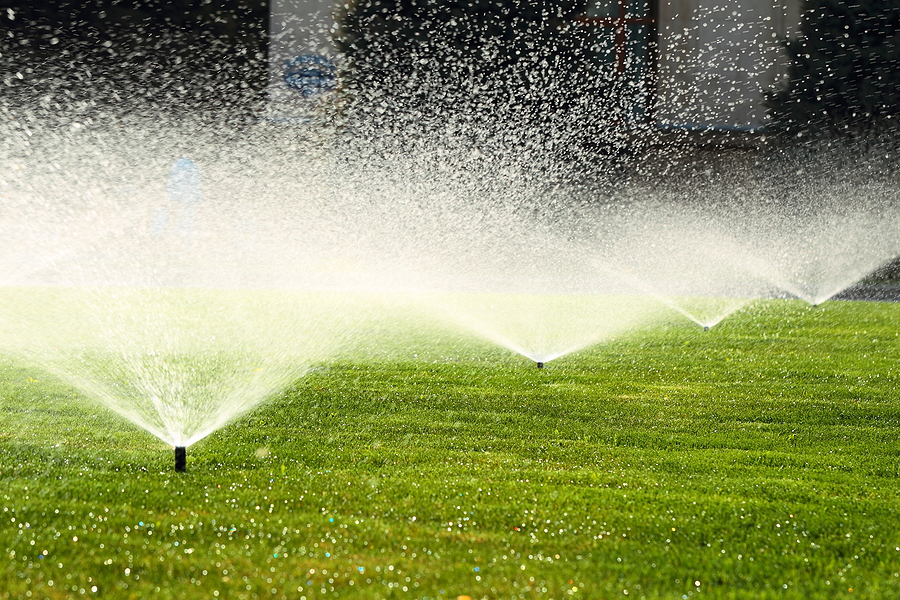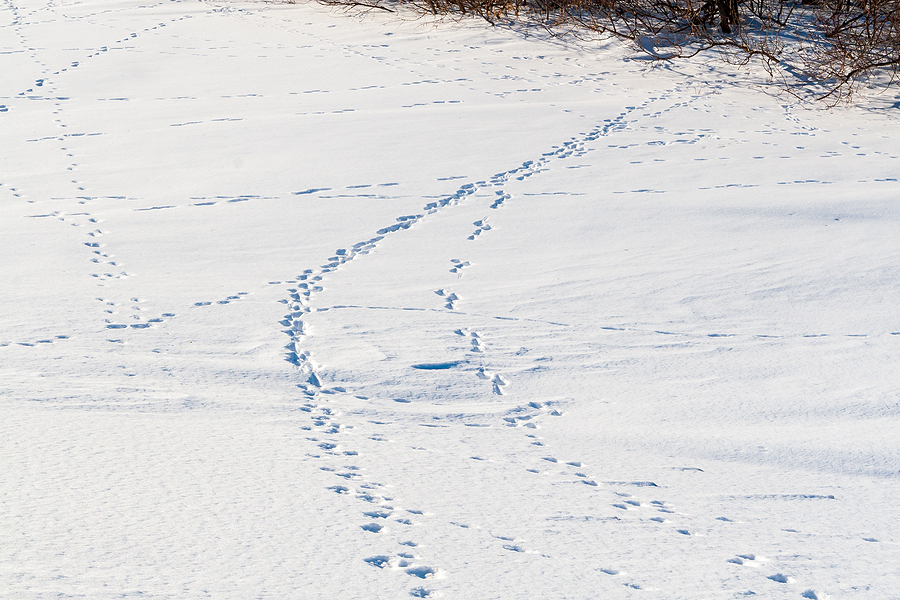Are raccoons and skunks turning your trash bins into an all-you-can-eat buffet? You’re not alone! Wildlife raiding garbage bins isn’t just an unsightly issue; it poses health risks and potential property damage. Whether you’re a homeowner, property manager, or small business owner, dealing with nuisance animals can be frustrating—but there are effective solutions.
This guide will provide you with actionable strategies, DIY deterrents, and expert tips to secure your trash, maintain the peace, and coexist responsibly with wildlife. From understanding local species to exploring professional help, we’ve got you covered.

Understanding Common Local Wildlife Culprits
Before you can tackle the problem, it’s essential to understand the behavior of the two culprits most likely causing trouble at your trash bins.
Raccoons
Raccoons are clever and resourceful creatures. Their nimble dexterity allows them to pry open trash can lids with ease. Drawn to food waste, raccoons have an uncanny ability to exploit weak points in trash bin areas. They’re primarily nocturnal and will raid areas that smell particularly rich in food leftovers.
Skunks
Unlike raccoons, skunks are less dexterous but equally persistent in searching for a late-night snack. Known for their infamous defense mechanism, these animals can leave behind a stinky mess in addition to the trash they scatter. Like raccoons, they are opportunistic feeders with a keen sense of smell.
Opossums
Opossums are another creature that likes to rummage through trash bins. They have sharp claws and teeth, making it easy for them to tear open bags or containers with ease. Despite their somewhat intimidating appearance, opossums are relatively harmless, although they may not seem like the most ideal roommates for humans. However, they do play a vital role in the ecosystem by eating insects and other pests.
Coyotes
Coyotes are another common animal that can be found rummaging through trash bins. They are known for their adaptability and can thrive in both urban and rural environments. Coyotes are opportunistic hunters and scavengers, making them well-equipped to find food in human-populated areas. However, it is important to remember that coyotes are wild animals and should not be approached or fed by humans. If you encounter a coyote while taking out the trash, simply make loud noises and slowly back away to discourage them from coming closer.
Why Do Animals Target Trash?
Understanding why wildlife is attracted to your garbage can help you address the root causes. Here are the primary reasons animals target trash bins and dumpsters:
- Strong Odors: Foul-smelling trash, especially food scraps, can attract wildlife from far away.
- Easy Access: Unsecured or poorly designed trash cans are essentially open invitations to critters.
- Shelter Opportunities: Dumpsters and trash areas sometimes provide small, cozy hiding spots for animals seeking safety.
Get Fast Animal Removal in Nashville
Securing Your Trash
Prevention is the first step in nuisance wildlife control. The following measures can help animal-proof your trash bins:
Invest in an Animal Proof Trash Can
Products like the CritterGuard Trash Can or Toter Trash Can feature locking lids and durable materials that keep animals out. Ensure the can is weighted down or secured so it cannot be tipped over.
Keep Your Trash Enclosed
Whenever possible, store trash bins in a garage or secured shed to remove them from the view of curious animals. Avoid leaving them outside overnight.
Bag and Seal Waste Properly
Before throwing trash into the bin, double-bag any food waste to reduce strong odors. Sealing bags tightly will also make it harder for critters to extract food.
Clean Regularly
Rinse out your trash bins using a solution of bleach and water to remove lingering smells that may attract scavengers.
DIY Deterrents
Looking for homemade options to drive wildlife away? Try these:
Pepper Spray
Mix cayenne pepper with water in a spray bottle and apply it to the outside of your trash bins. This spicy deterrent irritates animals but won’t harm them. Avoid spraying it on plants or near areas frequented by pets.
Ammonia Repellent
Place a small bowl of ammonia near the trash area to repel animals with its acrid smell. Be cautious to keep it out of reach of children and pets.
Bungee Cord or Rope
Secure the lid of your trash can with a bungee cord or rope to make it more difficult for animals to open. This simple solution can be surprisingly effective.
When to Call in the Experts
While DIY solutions can be effective, some situations require professional help. Here’s when to call a wildlife control expert:
- You’re dealing with persistent raccoons or skunks despite implementing deterrents.
- Local wildlife regulations restrict handling animals yourself.
- An injured or aggressive animal is near your property.
A licensed and insured wildlife control professional, certified by organizations like the Tennessee Wildlife Resources Agency (TWRA), will remove pests humanely and provide ongoing solutions.
Frequently Asked Questions
What are signs that wildlife is getting into my trash?
Evidence may include tipped-over bins, claw marks on lids, scattered trash around the area, or foul odors from opened bags.
Can I use mothballs to keep animals away from trash cans?
Mothballs are not recommended as they pose risks to human health and pets. Instead, opt for natural repellents like cayenne pepper sprays.
How do I clean up after animals have raided my trash?
First, wear gloves to collect and dispose of scattered trash safely. Then, clean the area with a bleach solution to eliminate odors and potential bacteria.
Are there plants that repel raccoons and skunks near trash areas?
Yes, planting garlic, mint, or lavender around trash bins may help deter pests, as these smells are unpleasant to many animals.
What should I do if I encounter an injured wild animal near my trash?
Contact your local wildlife rescue center or animal control service to ensure the animal receives proper care. Do not attempt to handle it yourself.
How can I educate my neighbors about better waste management?
Encourage conversations within your community about keeping trash bins secured and sealed. Share tips on using animal-proof trash cans and limiting food waste outside.
Conclusion
By combining the tips and solutions above, you can effectively animal-proof your trash bins and dumpsters while coexisting with wildlife responsibly. Whether you opt for commercial products like the CritterGuard Trash Can or try simple DIY deterrents like pepper spray, the key is persistence and vigilance.
If nuisance wildlife continues to be a challenge, don’t hesitate to consult a wildlife control expert who can assess the situation and recommend targeted solutions.
Have more questions or need professional advice as a local Nashville and Clarksville, Tennessee resident? Contact Budget Animal Removal, today! We’ll help you reclaim your trash bin peace of mind while protecting the local environment!
Related Post: How a Wildlife Removal Company Can Help Keep Your Nashville Home Free of Pests









